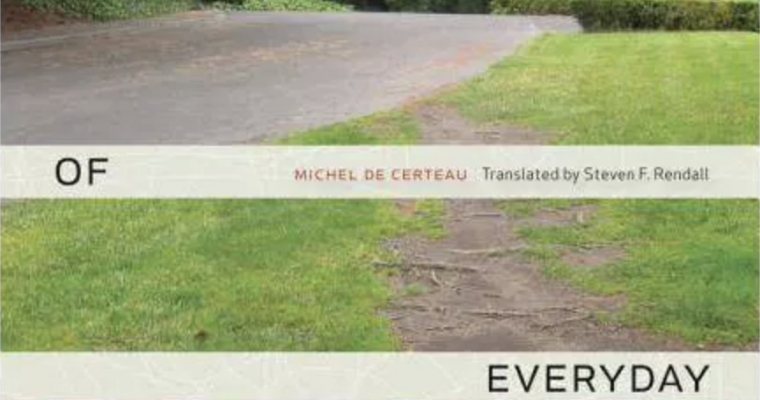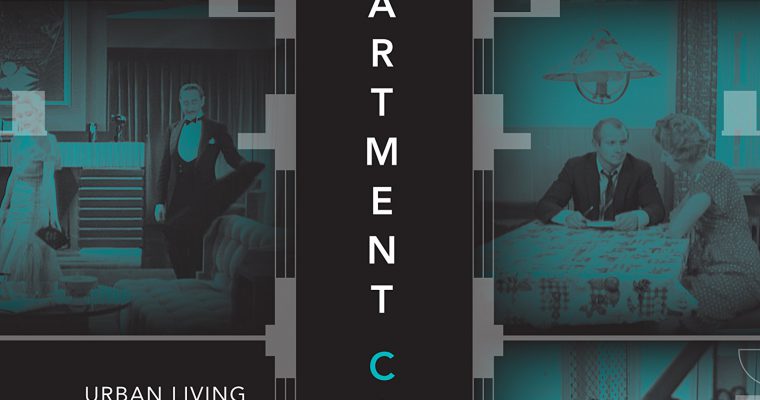[Reading Response: Michel de Certeau]
In Chapter Four of Spatial Stories written by Michel de Certeau, he identifies the differences and connections between the concepts of “places” and “spaces”, the distinction between “maps” and “tours”, and he describes the process of marking out boundaries. From my perspective, a place in the writer’s article is a physical location in which things are ordered by a certain rule. It turns in to spaces when travelers or walkers give special meaning to this place. To be more exact, when people are acting in a certain place, the place could be called “anthropological spaces”. As for “maps” and “tours”,

